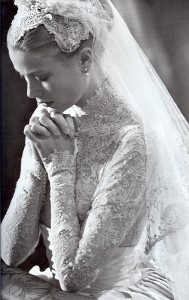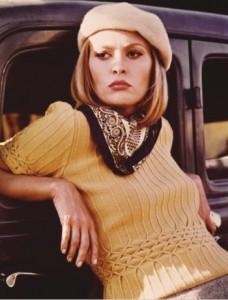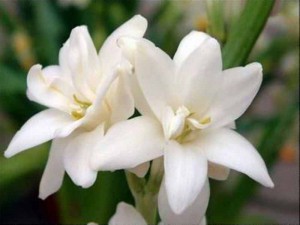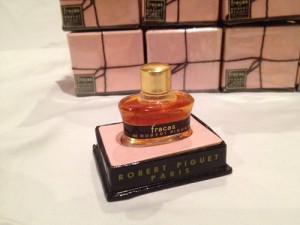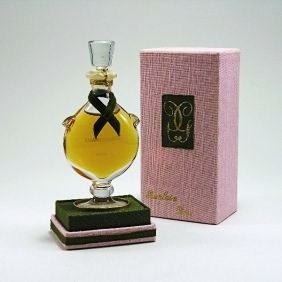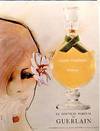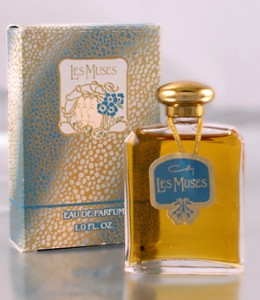Creed – Fleurissimo
There are few women who have walked this earth that come close to possessing the elegance, beauty and talent of Grace Kelly. A shining star of American film and theater until her fairytale marriage to Prince Rainier III of Monaco, she conducted herself with such finesse that she truly lived up to both her name and her title.
Small wonder then that the perfume house of Creed consented to Prince Rainier III’s wish to commission a fragrance for his young bride’s wedding day. The result, Fleurissimo, was a floral bouquet centered around tuberose, the heady, white flower responsible for the likes of Fracas.
While tuberose can be a difficult note for some, it is most successful in fragrances that harness its lush, buttery quality and use it to bring depth to a fragrance. Unfortunately, Fleurissimo accomplishes none of this. After a promising bergamot opening, Fleurissimo, which translates roughly to “extreme flower” is anything but. Instead, it is a pinched, slightly synthetic-smelling white floral which (thankfully) dissipates quickly.
I wish I could transport myself back to 1956 and smell James Henry Creed the Fifth’s original creation. I have to imagine that the vintage fragrance privileged enough to grace the Princess’s wrist must have been superior to what is produced today. Sadly, the modern Fleurissimo does not do justice to the beauty and decorum of its muse.
Notes: Bergamot, Tuberose, Bulgarian Rose, Violet, Iris, Ambergris.

